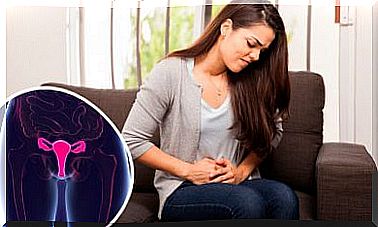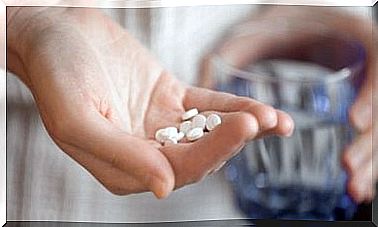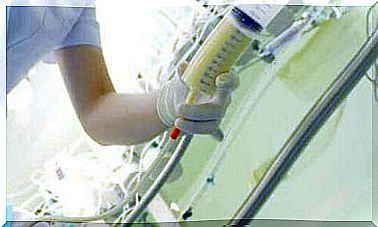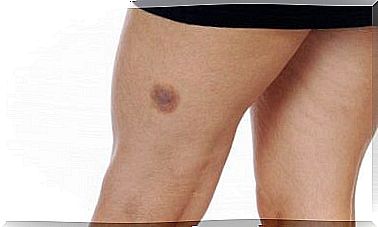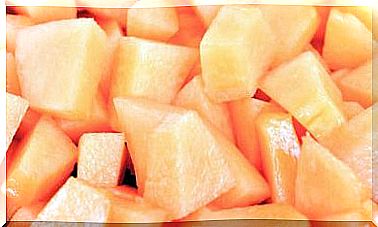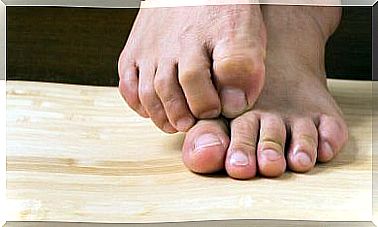What Happens If You Take Too Much Vitamin D?

Vitamins are important because they help keep you healthy, energetic, active and full of life. However, you may not be aware that these supplements should only be consumed in certain amounts, because too much of certain vitamins, too much vitamin D can be harmful to the body.
When you start taking vitamins, it is necessary to check how much you need and what the established daily limit you can take is. You should not just go to the pharmacy, buy a box of supplements and administer it yourself without prior information or advice.
Remember: many foods contain the amount of vitamins you need daily. Therefore, it does not always make sense to take a dietary supplement, in addition to the fact that it can be harmful to your health. After all, too much vitamin D and other vitamins can be harmful.
Vitamin D comes from the synthesis of cholesterol, thanks to the sun’s rays. Some people get enough sunlight and eat healthy, so that they reach their daily limit without having to take supplements.
Others, on the other hand, need to take vitamin supplements as a supplement to their low nutrient consumption. The mistake, however, is to take such supplements without a prescription and in any dose. At some point it can cause poisoning. Today we are going to talk about exactly this.
Too much vitamin D creates poisoning

Vitamin D does not dissolve in water, making it difficult for the body to get rid of it. Therefore, it accumulates. This nutrient acts as a steroid hormone, circulating inside the cells.
When there is a surplus in the body, the places where the vitamin can be placed – such as protein receptors and carriers – are filled up and cannot bind to it properly.
From the moment the compound is released into the body, it begins to increase the absorption of calcium in the intestine. This leads to hypercalcemia. Other parts of the body that are affected by this are soft organs such as the lungs, kidneys and heart.
Other symptoms of too much vitamin D that may occur are:
- Nausea and vomiting
- Constipation
- Muscle fatigue and leg pain
- Anxiety and depression
- Confusion
The recommended daily intake of vitamin D should be less than 4000 IU. However , the likelihood of vitamin D poisoning by consuming too much through food or sunlight is minimal.
For intoxication, the patient should have a level above 150 ng / ml (375 nmol / l) present in the blood. Fortunately, almost all cases of toxicity are reversible. In addition, very few of these cases can cause calcification of the arteries or kidney failure.
Symptoms of poisoning

Occasionally, vitamin D toxicity is asymptomatic. Occasionally, some of the following symptoms may be present:
- Hypercalcemia
- Nausea and vomiting
- Constipation
- Anxiety
- Weakness
- Changed consciousness
- High blood pressure
- Kidney failure
- Hearing loss
How can you get rid of vitamin D toxicity?
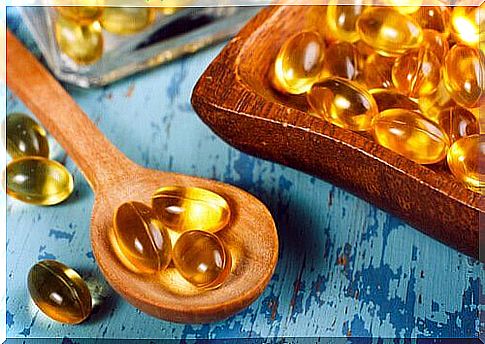
- First and foremost, you need to get an appointment with your doctor. There, your doctor will prescribe the necessary tests to detect the level of the drug in your blood. It is important not to go to the laboratory without first checking with your doctor.
- If you have abnormally high levels, stop taking vitamin D supplements. Even when you take 10,000 IU per day, the risk of toxicity is low. However, it is better to keep your intake below 4000. For children and older adults, 700 IU per day is sufficient.
- You need to be aware of how much vitamin D you are consuming per day. If you are exposed enough to the sun’s rays, it is not necessary to take supplements. In general, the vitamin D supplement is for people who live in places where there is too little sunlight.
- Evaluate your food intake. Fish, beans, fertilizers and milk or orange juice can, among other things, provide between 600 and 1000 IU per serving. This, plus sun exposure, is enough for your body.
- It is also necessary to reduce the consumption of dietary supplements or foods rich in calcium.
- In the meantime, increase your intake of products that contain sodium as well as fluids.
NB! An excessive vitamin D level can take months and even years to manifest, so it becomes a difficult disease to detect. You need to learn to distinguish your symptoms from other diseases and be prepared for any changes.
